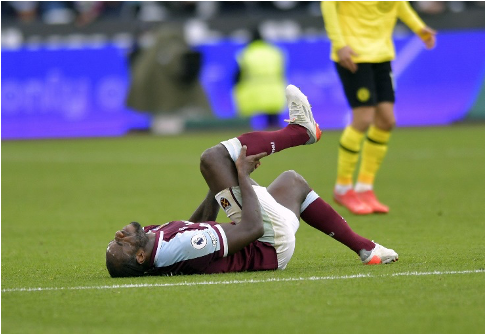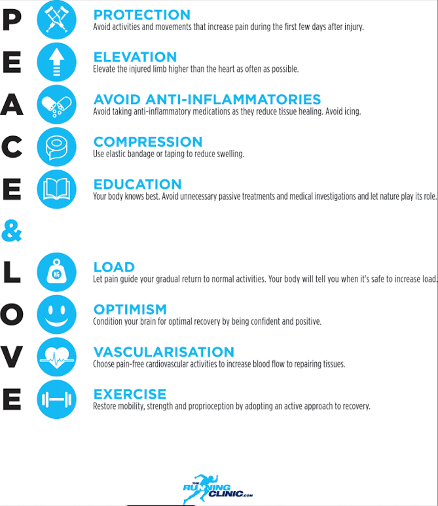by Jane Hatzikonstantis DPT, SCS, CSCS, NREMT
If you rolled your ankle last season, I want to let you know it’s going ‘Tibia’ okay. Ankle sprains are more common than we think and usually, we rest it for a few days, shake it off, tape it up, and get back to our sports and activities in no time. Ankle sprains that happen at the high school level occur at a rate of 3 per 10,000 athlete exposures. When we break it down, an athlete has roughly 100 exposures per season, with a team of 30 kids having roughly 3000 exposures per season. You do the math… and that’s just for one team and one season.
One of the most significant risk factors for sustaining an ankle sprain when looking at the 2022 and 2023 NBA seasons was the number of games played (higher games played meant a higher risk for ankle sprains) and previous ankle injury. I mean, who HASN’T sprained their ankle, right? Having a history of ankle sprain can put you at a higher risk of sustaining a knee injury (ACL or Jumpers Knee), having hip pain (labrum tear) or low back injury (stress fracture). Some of these injuries can lead to missing out on an entire season, or even an entire year of sport.

Most non-contact ankle sprains happen because of ankle mobility impairments, strength issues, or balance issues that lead to a decreased ability to coordinate movement and plan movement patterns when reacting to what’s happening on the field or court in front of you. Luckily, you can decrease the likelihood of having long-term issues with the help of a physical therapist, athletic trainer, or strength and conditioning coach. 1 in 10 people who have sustained an ankle sprain have continued limitations into the next sporting season. Seeking help from a physical therapist can not only help prevent and treat ankle sprains but it also can help return you to your sport better than before you were injured.
If you happen to have recently sprained your ankle and want to follow the RICE method (rest, ice, compression, elevation), I don’t blame you. This has been preached to us for years. However, current research says to use the PEACE & LOVE method instead and keep the RICE as a side dish!

As always, if you want to work with one of our physical therapists on your injury or recovery, you can reach out.
Peace and Love!
References
1. Bmj. Soft tissue injuries simply need peace & love. BJSM blog – social media’s leading SEM voice. February 12, 2021. Accessed May 6, 2024. https://blogs.bmj.com/bjsm/2019/04/26/soft-tissue-injuries-simply-need-peace-love/.
2. Kerr ZY, Nedimyer AK, Simon JE, Kossman MK, Corbett RO, Chandran A. The epidemiology of ankle sprains in US high school sports, 2011–2012 to 2018–2019 academic years. Journal of Athletic Training. 2022;57(11-12):1030-1038. doi:10.4085/1062-6050-0664.21
3. Tummala SV, Morikawa L, Brinkman JC, Crijns TJ, Vij N, Gill V, Kile TA, Patel K, Chhabra A. Characterization of Ankle Injuries and Associated Risk Factors in the National Basketball Association: Minutes Per Game and Usage Rate Associated With Time Loss. Orthop J Sports Med. 2023 Jul 27;11(7):23259671231184459. doi: 10.1177/23259671231184459. PMID: 37529529; PMCID: PMC10387785




